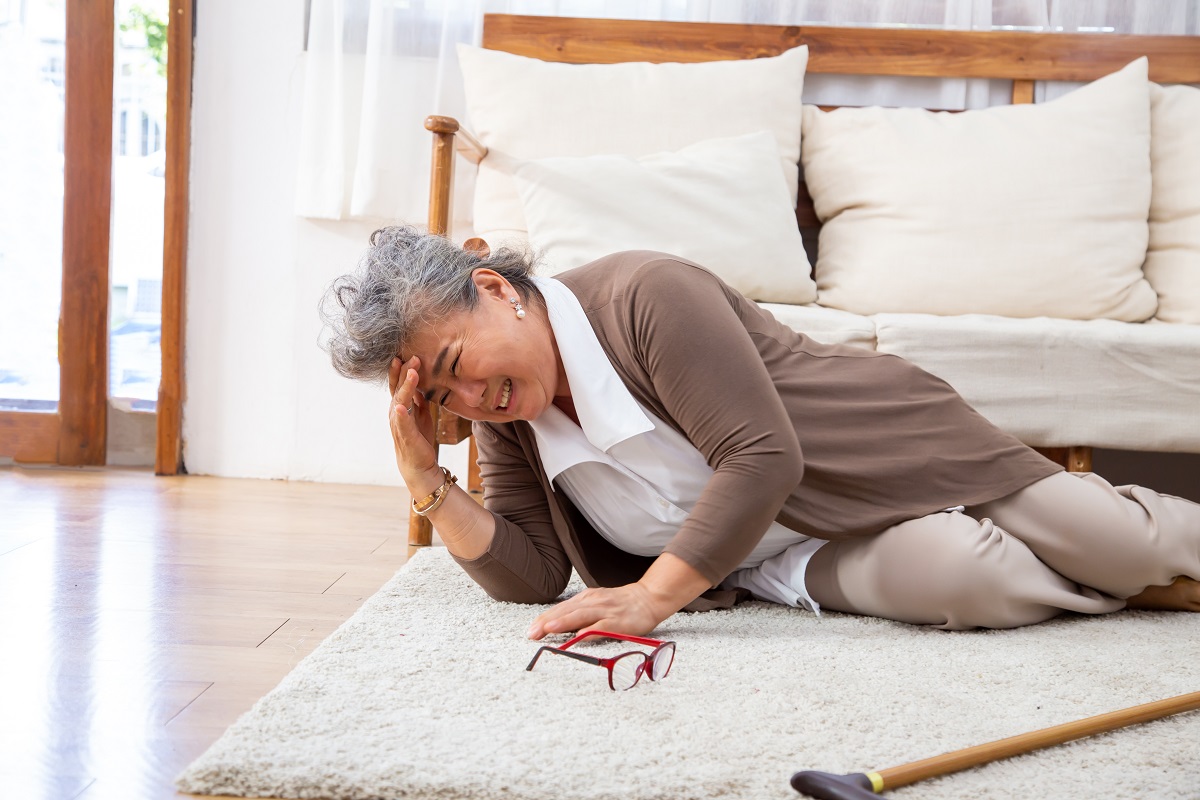As people age, they may find that they frequently lose their balance. Balance loss with age is seldom a stand-alone condition but is a symptom of something else such as circulation problems, neurolgical conditions, blood pressure changes, medications, low blood sugar, or low iron levels your doctor should address.
In the United States, falls are the primary cause of injury and death among people aged 65 years and above. Every year, three million older adults are rushed to the emergency room for fall injuries. The falls often result from loss of balance.
By addressing balance problems, older adults can avoid getting involved in such accidents. And one of the simplest and most effective ways to prevent loss of balance is exercising.
Why Does Balance Loss Happen?
According to the National Institute on Aging, someone is said to have a good balance if they can maintain their position — whether they remain still or in motion. It’s necessary to perform daily tasks and stay independent.
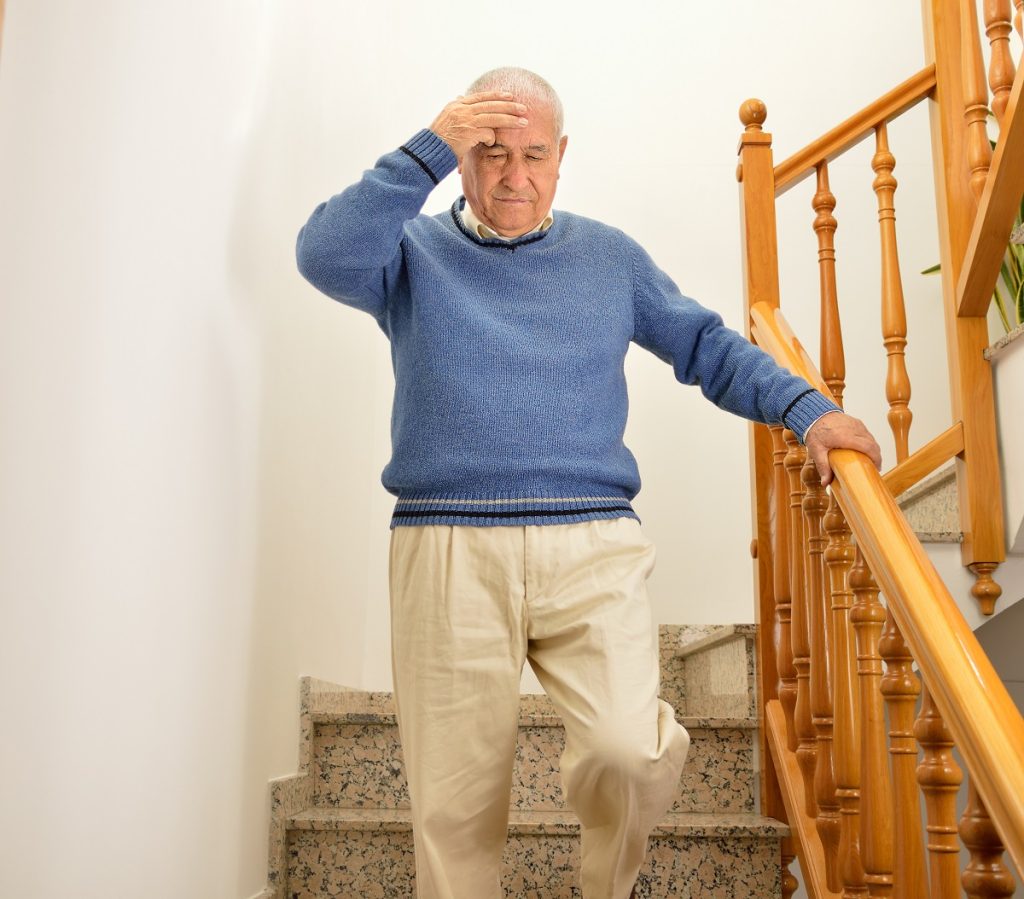
If you feel dizzy, experience lightheadedness, have blurred vision, or stagger when you walk, it’s a sign that you have balance disorders.
Common culprits include inner ear problems, medication side effects, and alcohol intoxication. If you’re having trouble with your balance, it can also be traced to an underlying medical condition, such as cardiovascular disease, stroke, high blood pressure, diabetes, and thyroid issues.
Non-Medical Reasons For Falls
Medical conditions can make seniors more likely to lose their balance and fall, but the chance of falling might be due to environmental and behavioral factors.
Seniors who live in messy, run-down homes, where the lighting is poor and the place is cluttered are more likely to fall. They can trip over loose carpets, throw rugs, or piles of junk. If there are no grab bars, ramps, or other safety devices, they cannot catch themselves if they lose their balance.
Behaviors such as wearing shoes with slippery bottoms and poor support can also make seniors more likely to fall. They might try to carry too much, fail to use their cane or walker, or stand on a wobbly stool to reach the top shelf.
The state of the home or risky behavior can cause problems at any age, but seniors are more susceptible to have an accident.
What Conditions Can Cause Balance Loss With Age?
Older adults may frequently experience balance issues, increasing their risk of falls. One in four senior Americans will fall every year. And one in every five falls leads to injuries (including hip fracture and head injury).
If you’re wondering what is the common cause behind this phenomenon, here are some health conditions that are responsible for balance loss:
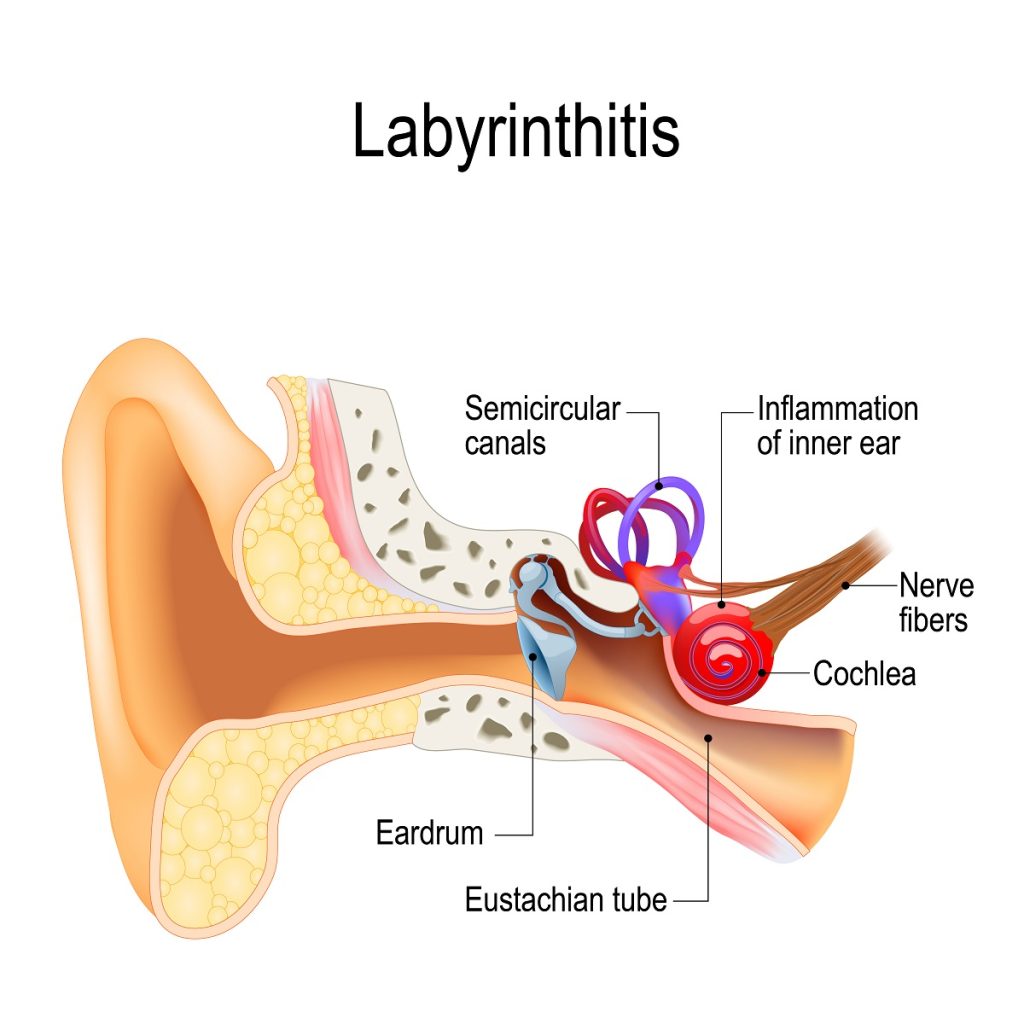
1. Labyrinthitis
The labyrinth is the part of the inner ear responsible for balance. Its inflammation is called labyrinthitis. It’s commonly linked with the flu, a disease that tends to be severe in seniors.
2. Meniere’s Disease
This inner ear condition causes individuals to feel like their surroundings are suddenly spinning. Sometimes, they may also hear a ringing noise inside their ear.
3. Presbycusis Or Age-Related Hearing Loss
When people age, their sense of hearing also declines. With it, the sense of balance also gets affected.
4. Vision Problems
Cataracts and macular degeneration are common among aging individuals. It doesn’t only impact how they see, but it can throw off balance as well.
5. Parkinson’s Disease
This brain disorder can have an impact on someone’s balance. Once a patient’s peripheral nerves get damaged, it can lead to sensory and motor neuropathy — which, in turn, causes muscle weakness and numbness.
6. Multiple Sclerosis (MS)
Many people with this condition — which affects the brain and spinal cord — report balance problems. These issues are particularly highlighted when patients perform postural activities like reaching or leaning. Research shows that those with low Vitamin D levels (which results in lower calcium metabolism) are more likely to have MS.
7. Blood Pressure Issues
Both hypotension ( low blood pressure) and hypertension (high blood pressure) can cause dizziness.
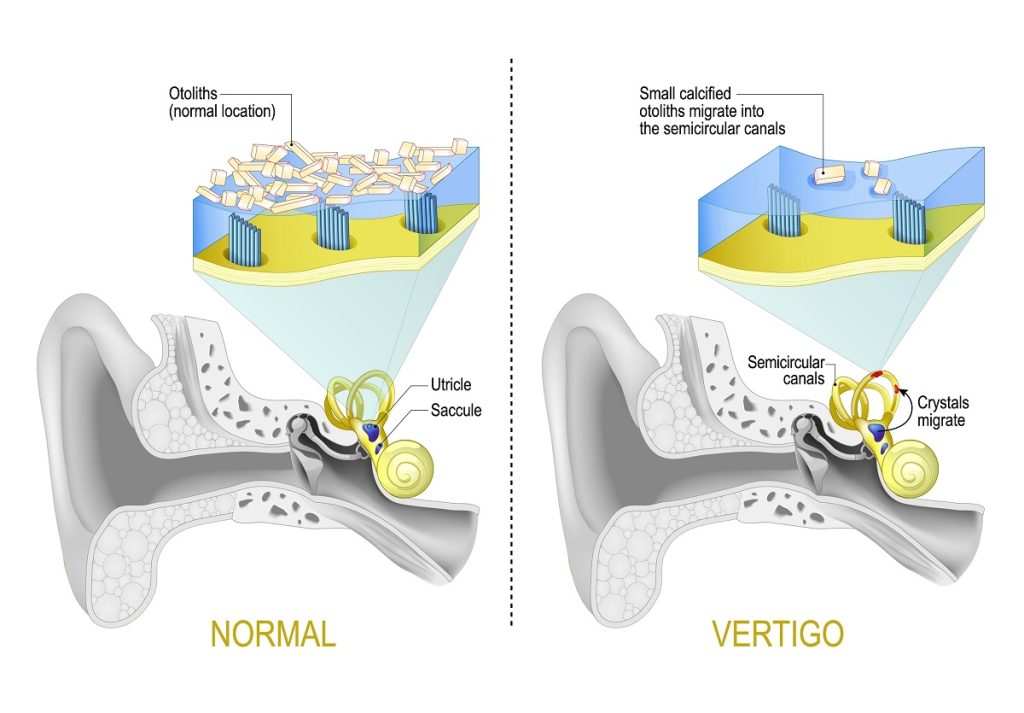
How Does The Vestibular System Affect Balance?
The vestibular system is a sensory system located in the inner ear. It’s a network of tubes and chambers that tell the brain about the head’s movement and position and gravity’s direction.
According to studies, people’s vestibular function declines at age 55 due to a decrease in the number of nerve cells in this part of the body. When this system ages, your balance system also gets compromised and you will be more at risk of falls.
Benign paroxysmal positional vertigo (BPPV) is the most common vestibular disorder among the aging populace. It causes bouts of mild to intense dizziness or vertigo.
What Are The Risks Of Losing Your Balance?
Older people are more likely to experience falls and fall-related problems.
The risk of falls increases as you age, with the percentage of people falling going from 40 to 65 to 82 for every decade after the age of 65. Older women are also more prone to falls, accounting for 75 percent of hip fractures in the U.S.
If you suffered from a fall in the past year, you’re five times more likely to fall again, over four times more likely if you are experiencing some weakness, and three times more likely if you have peripheral neuropathy.
Having balance disorders or a slow gait increases your likelihood of falling by 2.9 times, 2.6 if you’re using a cane, and 2.5 if you have vision issues.
If you have neurological conditions like depression, you’re 2.2 times more likely to meet a fall accident; 1.8 if you have cognitive decline, which can be caused by brain disorders and central nervous system medication.
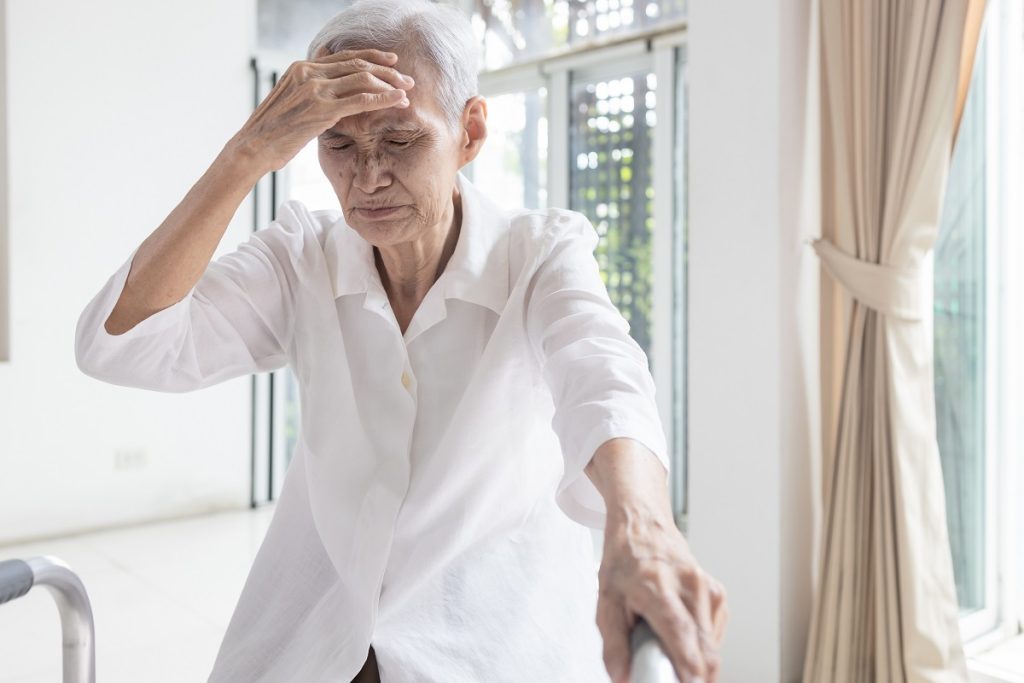
How Do You Cure Loss Of Balance?
You can undergo normal aging without being limited by balance disorders. And the key lies in determining the cause of balance problems you’re experiencing.
As inner ear problems are the most common culprits, expect your healthcare provider to recommend tests such as the ones enumerated by experts from the Mayo Clinic and the Cleveland Clinic:
- Balance test
- Hearing tests
- Imaging tests such as MRI or CT scan
- Posturography tests (which help determine which specific portion/s of your balance system you use the most)
- Vestibular-evoked myogenic potentials test
- Electronystagmography and videonystagmography
- Dix-Hallpike manuever
- Rotary chair test
- Blood pressure and heart rate tests
Upon determining the underlying issue, your doctor will create a personalized treatment plan. This may include positioning procedures with a physical therapist, prescription of certain medications, introducing diet and lifestyle changes (e.g., cutting down salt and caffeine intake), and doing balance retraining exercises.
Surgery is also performed in some cases (e.g., if you have Meniere’s disease).
Can I Improve My Balance As I Get Older Through Exercise?
Building a long-term exercise routine will help you and a loved one prevent a loss of balance. Apart from endurance, stretching, and strength training, you must perform balance exercises to reduce your risk of falls.
In many senior centers across the country and beyond, caregivers and facilitators help aging adults perform balance exercises.
What Exercises Might Help With Balance Issues?
Addressing balance problems helps older adults improve their quality of life. And if you’re asking what exercises can help you with your issues with balance, here are seven recommendations:
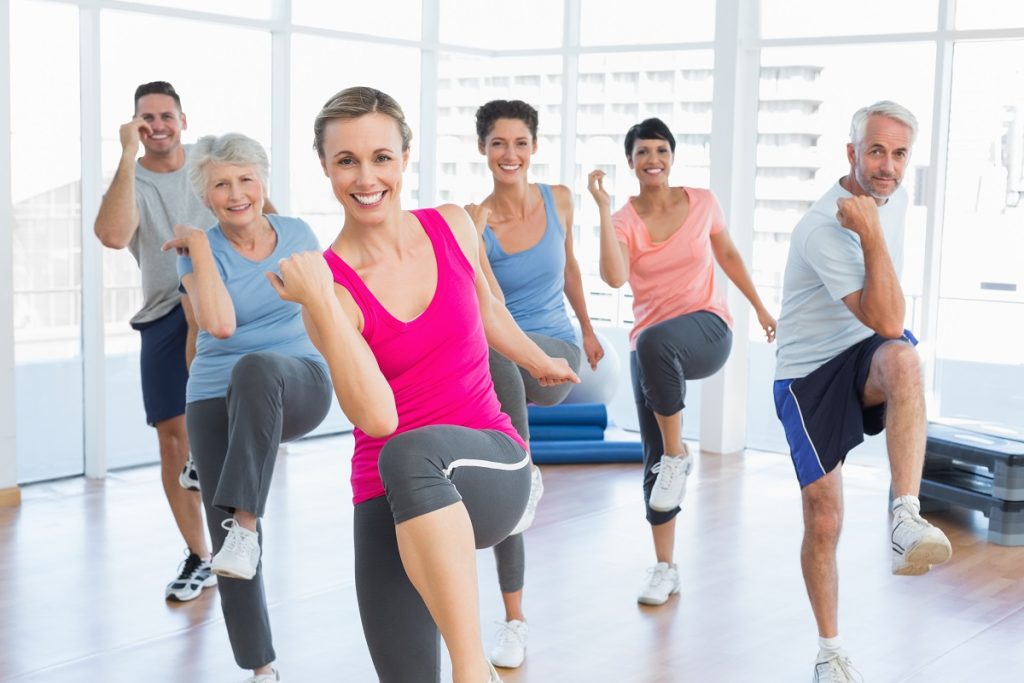
1. Weight Shifts
Stand on your feet, slowly shift your weight to your right, and lift your leg foot off the floor. Stay in that position for about 30 seconds. Get back to the starting position and do the same on the other side.
2. Single-leg Balance
Stand with your feet, ensuring that your legs bear the equal weight of your body. Put your hands on your hips, lift your left leg, and bend it back to the knee. Try to hold it for half a minute before returning to the starting position. Do the same with your other leg.
3. Lunges
Stand straight with your hands placed on your hips. Step your right foot forward and bend at the knee. Gently lower your body until your right thigh, and the floor becomes parallel to each other. Hold for half a minute, return to the starting position, and repeat for the left leg.
4. Tree Pose
Stand tall, then shift your weight onto your right foot. Place your left foot to the side (with your heel lifted or rested against your ankle). Place one hand on your chest and the other on a chair. Hold the position for 30 seconds, then do the same with the weight shifted on your other foot.
5. Body Circles
Stand with your feet, observing a hip’s worth of distance. While keeping your upper body straight, start to lean forward. Then, move your body in a circular manner by leaning slowly to the left, back, and right.
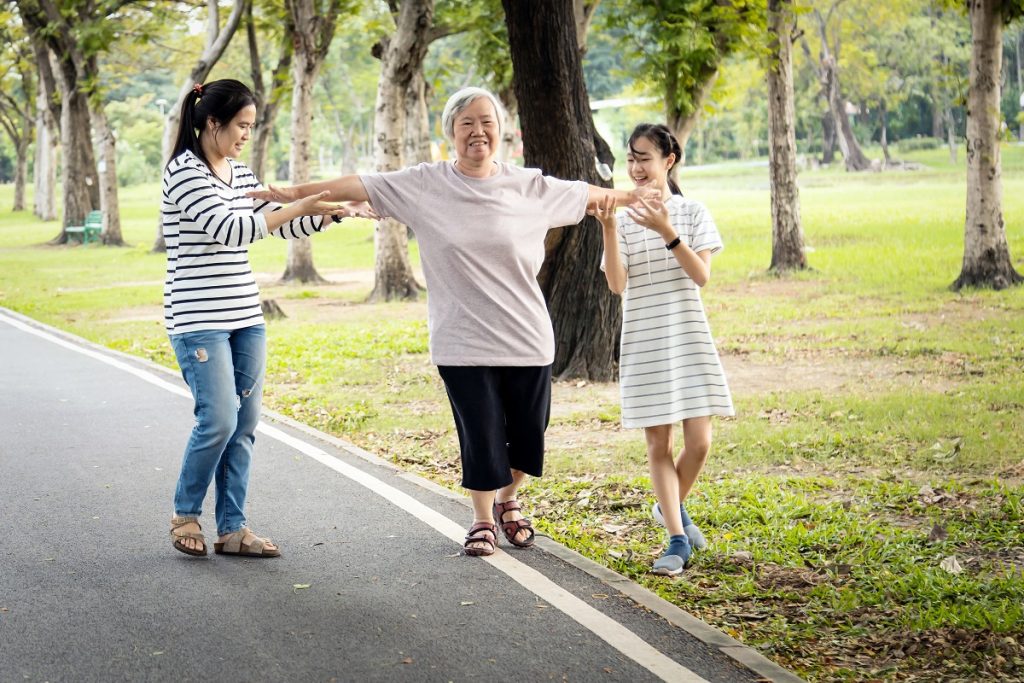
6. Heel-to-toe Walk
Start by standing beside a wall and ensure that your heels are pressing into the wall. Walk forward by putting your left foot in front of your right foot, and letting your left heel touch your right toes. Do this alternatively with your right foot until you hit 20 steps.
7. Tai Chi
You can learn different tai chi poses at a senior center near you or via videos and other online learning materials.
To ensure your safety while doing these exercises, always perform them near a chair or a wall and in the presence of another person. Stay hydrated and take breaks so as not to strain your body.

